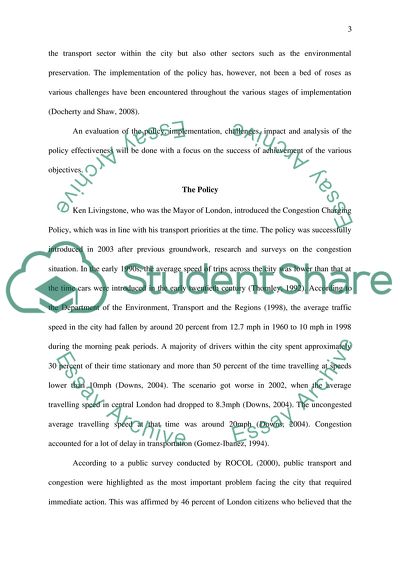Cite this document
(“Congestion Charge in London Term Paper Example | Topics and Well Written Essays - 2500 words”, n.d.)
Congestion Charge in London Term Paper Example | Topics and Well Written Essays - 2500 words. Retrieved from https://studentshare.org/technology/1807706-transport-policy-planning-london-congestion-charge-urban-planning-design-and-management
Congestion Charge in London Term Paper Example | Topics and Well Written Essays - 2500 words. Retrieved from https://studentshare.org/technology/1807706-transport-policy-planning-london-congestion-charge-urban-planning-design-and-management
(Congestion Charge in London Term Paper Example | Topics and Well Written Essays - 2500 Words)
Congestion Charge in London Term Paper Example | Topics and Well Written Essays - 2500 Words. https://studentshare.org/technology/1807706-transport-policy-planning-london-congestion-charge-urban-planning-design-and-management.
Congestion Charge in London Term Paper Example | Topics and Well Written Essays - 2500 Words. https://studentshare.org/technology/1807706-transport-policy-planning-london-congestion-charge-urban-planning-design-and-management.
“Congestion Charge in London Term Paper Example | Topics and Well Written Essays - 2500 Words”, n.d. https://studentshare.org/technology/1807706-transport-policy-planning-london-congestion-charge-urban-planning-design-and-management.


